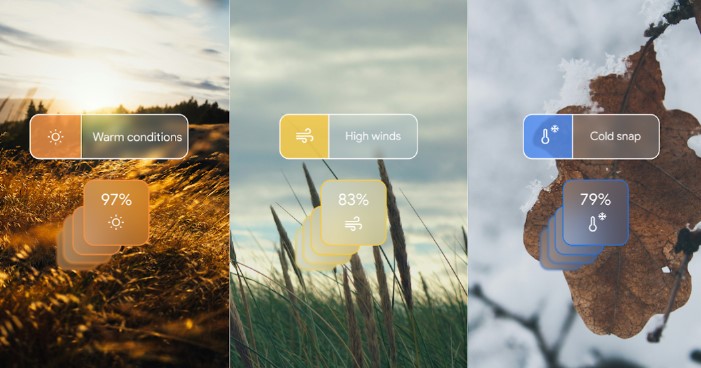Jakarta, Indonesia Sentinel — Google DeepMind has introduced a new artificial intelligence (AI) model for weather forecasting, called GenCast, which the company claims is accurate enough to compete with traditional weather prediction systems.
In a paper published this week in Nature, DeepMind researchers revealed that GenCast outperformed the ENS system operated by the European Centre for Medium-Range Weather Forecasts (ECMWF)—considered one of the world’s top operational forecasting models.
DeepMind claimed that GenCast AI provides better forecasts of both day-to-day weather and extreme events than ENS, up to 15 days in advance.
According to The Verge, the research found that GenCast exceeded leading forecasting models when tested on 2019 weather data. While AI is unlikely to replace traditional methods soon, it adds to a growing toolkit of technologies capable of predicting weather patterns and providing early warnings for extreme storms. GenCast is among several AI-driven models under development that could help deliver more accurate forecasts.
“Weather basically touches every aspect of our lives, it’s also one of the big scientific challenges, predicting the weather,” says Ilan Price, a senior research scientist at DeepMind. “Google DeepMind has a mission to advance AI for the benefit of humanity. And I think this is one important way, one important contribution on that front.”
Outperforming Traditional Forecasts
Ilan Price and his team tested GenCast against ENS, the ECMWF’s ensemble-based model considered one of the best in the world. GenCast outperformed ENS in 97.2% of scenarios, according to the findings published in Nature.
GenCast uses machine learning trained on historical weather data from 1979 to 2018. By analyzing patterns over four decades, the AI predicts future weather scenarios—a stark contrast to traditional models like ENS, which rely on supercomputers solving complex equations to simulate atmospheric physics.
Both GenCast and ENS produce ensemble forecasts, presenting a range of possible outcomes. For example, when predicting the path of tropical cyclones, GenCast delivered an average 12-hour earlier warning, the study noted. It also excelled at forecasting cyclone tracks, extreme weather, and wind energy production up to 15 days in advance.
GenCast operates at a 0.25-degree resolution, dividing the Earth into grid boxes each representing a quarter-degree latitude and longitude. ENS, by comparison, used a 0.2-degree resolution in 2019 and now runs at 0.1-degree resolution.
Despite these differences, the development of GenCast marks “a significant milestone in the evolution of weather forecasting,” said ECMWF machine learning coordinator Matt Chantry in a statement. ECMWF is also testing its own machine-learning systems, reportedly inspired in part by GenCast.
Faster and More Efficient Forecasts
GenCast’s speed is one of its key advantages. It can produce a 15-day forecast in just eight minutes using a single Google Cloud TPU v5. By contrast, physics-based models like ENS can take hours to complete the same task, requiring far more computational resources.
“Computationally, it’s orders of magnitude more expensive to run traditional forecasts compared to a model like Gencast,” Price noted.
“Doom Spending”: How Gen Z and Millennials Are Sabotaging Financial Futures
This efficiency could help ease concerns over the environmental impact of AI data centers, which are energy-intensive and have contributed to Google’s rising greenhouse gas emissions. However, assessing GenCast’s sustainability relative to physics-based models remains challenging without precise data on the energy consumed to train the machine-learning model.
Improvement
While GenCast’s achievements are promising, there’s still room for improvement. One limitation is its prediction interval—GenCast generates forecasts every 12 hours, compared to the shorter intervals used in traditional models.
This could impact real-world applications, such as wind energy assessments, where understanding wind patterns throughout the day is crucial. “You want to know what wind direction will look like across the day, not just at 6 a.m. and 6 p.m.,” said Stephen Mullens, an assistant professor of meteorology at the University of Florida, who was not involved in the research.
As interest grows in AI’s potential for improving weather prediction, models like GenCast still face the challenge of proving their reliability in real-world scenarios.
DeepMind has released the code for GenCast as an open-source model, and Price believes advanced AI systems will eventually work alongside traditional physics-based methods to deliver the most accurate forecasts possible.
(Raidi/Agung)

























